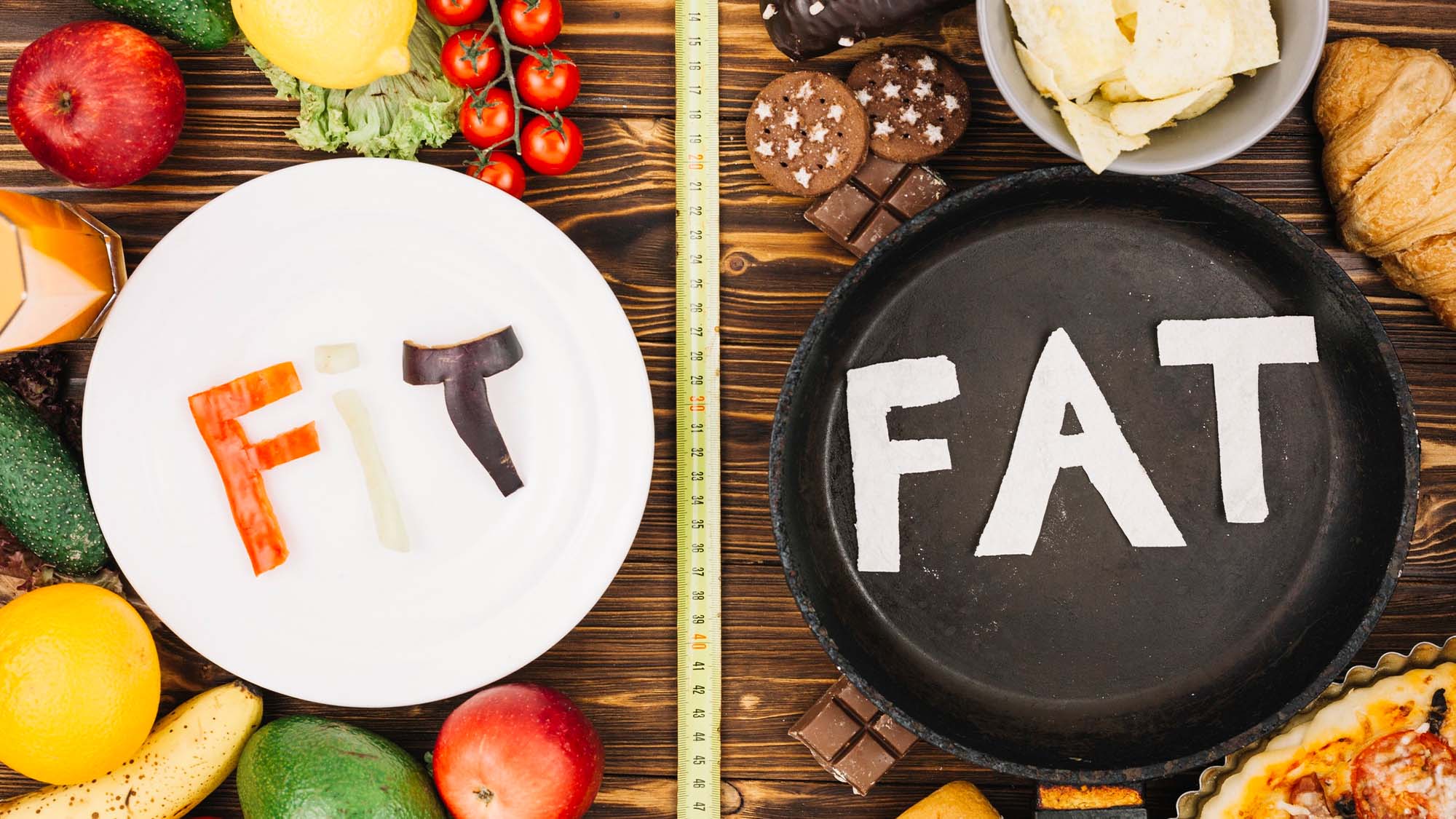Healthy vs Unhealthy Fats: What You Need to Know for Better Health
08 Nov 2023

What is the difference between a portion and a serving?
The terms "portion" and "serving size" are somewhat related, so it's easy to conflate them. A portion is the amount of food you eat at one time, whether a meal you made yourself or a fresh delivery service meal. In contrast, a serving size is a standard, measured amount of food. In prepared and boxed foods, the serving size is detailed on the package. For fresh foods like fruits, vegetables, and meats, these have general, rough serving size and nutrition information associated with those serving sizes.
Staying nourished with healthy fats
Polyunsaturated fats
The body can't produce polyunsaturated fats independently, so it has to get them from food. These fats are primarily omega-3 fatty acids and omega-6 fatty acids. Both play similar roles in bolstering heart health and promoting normal brain development in children.
Polyunsaturated fats are liquid at room temperature, so they're often found in cooking oils. Several foods contain them as well - the below are rich in omega-3 fatty acids.
- Canola oil
- Chia seeds
- Walnuts
- Trout
- Salmon
- Sardines
Meanwhile, omega-6 fatty acids are commonly found in the following foods:
- Tofu
- Walnuts
- Vegetable oil
- Several types of seeds (pumpkin, sesame, and sunflower)
Monounsaturated fats
Monounsaturated fats and polyunsaturated fats each have their own chemical compositions and often come from different sources. In fact, the body produces monounsaturated fats on its own, but you should also incorporate these fats into your diet. The body functions best when fueled by the good fats it makes and what it gets from external sources.
Some foods high in monounsaturated fat include:
- Cooking oils (olive oil, sesame oil, and canola oil)
- Avocados
- Peanut butter
- Olives
- Cashews
Both monounsaturated fats and polyunsaturated fats are liquid at room temperature. Additionally, they can help lower cholesterol levels and maintain cellular health.
Avoiding unhealthy fats
Saturated fats
Unlike unsaturated fats, saturated fats are generally solid at room temperature and are traditionally associated with poor health outcomes such as high cholesterol. Some foods high in saturated fats include:
- Dark chicken meat
- Fatty red meat such as pork, lamb, and beef
- High-fat dairy products (Whole milk, butter, ice cream)
- Tropical oils such as coconut oil
Although eating saturated fats in abundance may be unhealthy, somewhat recent studies have suggested that these fats' health risks have been overstated in the past. While replacing saturated fats with polyunsaturated fats can produce better health outcomes, the difference may be minimal.
Trans fats
Trans fats are unhealthy unsaturated fats you should avoid in your diet. Like saturated fats, they're solid at room temperature, but through an artificial process called hydrogenation in which hydrogen is added to vegetable oils. For that reason, trans fat will often appear on food labels as "partially hydrogenated oil."
Trans fats increase the levels of bad cholesterol in your body and lower good cholesterol levels. Some of the foods heaviest in trans fats include:
- Fried foods such as french fries and doughnuts
- Margarine
- Cookies, cakes, and pastries
- Processed snacks such as crackers and microwave popcorn
- Vegetable shortening
You're unlikely to find artificial trans fats in these foods today if you buy them in the U.S. A combination of grassroots campaigns, scientific research, regulatory action, and litigation has led to their removal from U.S. food processing systems. That said, unhealthy ingredients such as unsaturated fats remain in many products, so checking food labels is still important.
8 tips for balancing healthy and unhealthy fats
Balancing healthy and unhealthy fats is as simple as changing your diet. Generally, you want to eat fewer foods containing bad fats while eating more fresh foods containing good ones. Starting that change can be the most challenging part of the process, but the tips below can help you make progress.
1. Use oils to cook
Solid fats like butter, margarine, and lard contain high levels of saturated fats, so regularly cooking with them may make your meals unhealthier. Cooking with plant-based liquid oils such as olive oil introduces unsaturated fats into your dishes, potentially leading to better health outcomes. However, not every oil is this healthy, so choose your oil with care.
2. Make your own salad dressing
Bottled salad dressings at your local grocery store are often rich in saturated fats, and heavy use can unbalance your body's fats. The best way to control this is to make your own dressings with plant-based oils. Simply combine two parts oil with one part vinegar and your favorite herbs for a delicious homemade salad dressing.
3. Include nuts in your diet
Nuts are a great source of monounsaturated fats along with omega-3 and omega-6 fatty acids. Find a tasty nut or two that fits your nutritional goals, then add these to salads, oatmeal, and stir-fry meals. You can also eat nuts as snacks throughout the day.
4. Choose healthier cuts of red meat
Red meat by itself isn't a significant source of unhealthy fats; rather, it's their skin and fatty deposits that you should watch out for. Purchasing leaner cuts of beef or lamb for your meal can significantly reduce the bad fats in your diet. You can also trim fat and skin from what you purchase yourself.
5. Include avocados in your diet
Avocados are excellent sources of saturated and unsaturated fats, and including them in your meals can help balance your diet. They're versatile fruits you can include in sandwiches, salads, and morning smoothies. Avocados are a great addition to any veg meal, providing both taste and nutritional benefits.
6. Eat more fish
Replacing red meat with fish in your meal planning introduces a good source of omega-3 fatty acids into your diet. You can pick any variety of fish and eat it two to three times per week for the recommended dose of healthy fats.
7. Read the food labels
Food labels are your friend when avoiding bad fats in your diet. For example, products with "hydrogenated oils" or "partially hydrogenated vegetable oils" listed in their ingredients are likely high sources of trans fat. However, even though these fats are banned in the U.S., food labels are still important to read. Check them for their saturated and unsaturated fat content so you know what your body's getting out of what you eat.
8. Snack on olives
Olives can make a healthier alternative to salty snacks such as chips or popcorn. They're high in a type of monounsaturated fat called oleic acid. that's great for your health. Additionally, olives are highly versatile - you can eat them plain or mince them to create a delicious dip.
Take the stress out of balancing your diet
Controlling the types of fat in your diet can help you lead a healthier lifestyle. That said, scrutinizing the ingredients you buy can be time-consuming when you're already on a busy schedule. Instead, save some time with Meal Village. Our expansive menu includes several heart-healthy, fat-balanced recipes made with locally sourced ingredients by our expert chef team. Order online now for a delicious, nutritious meal delivered to your door just in time for breakfast, lunch, or dinner.



